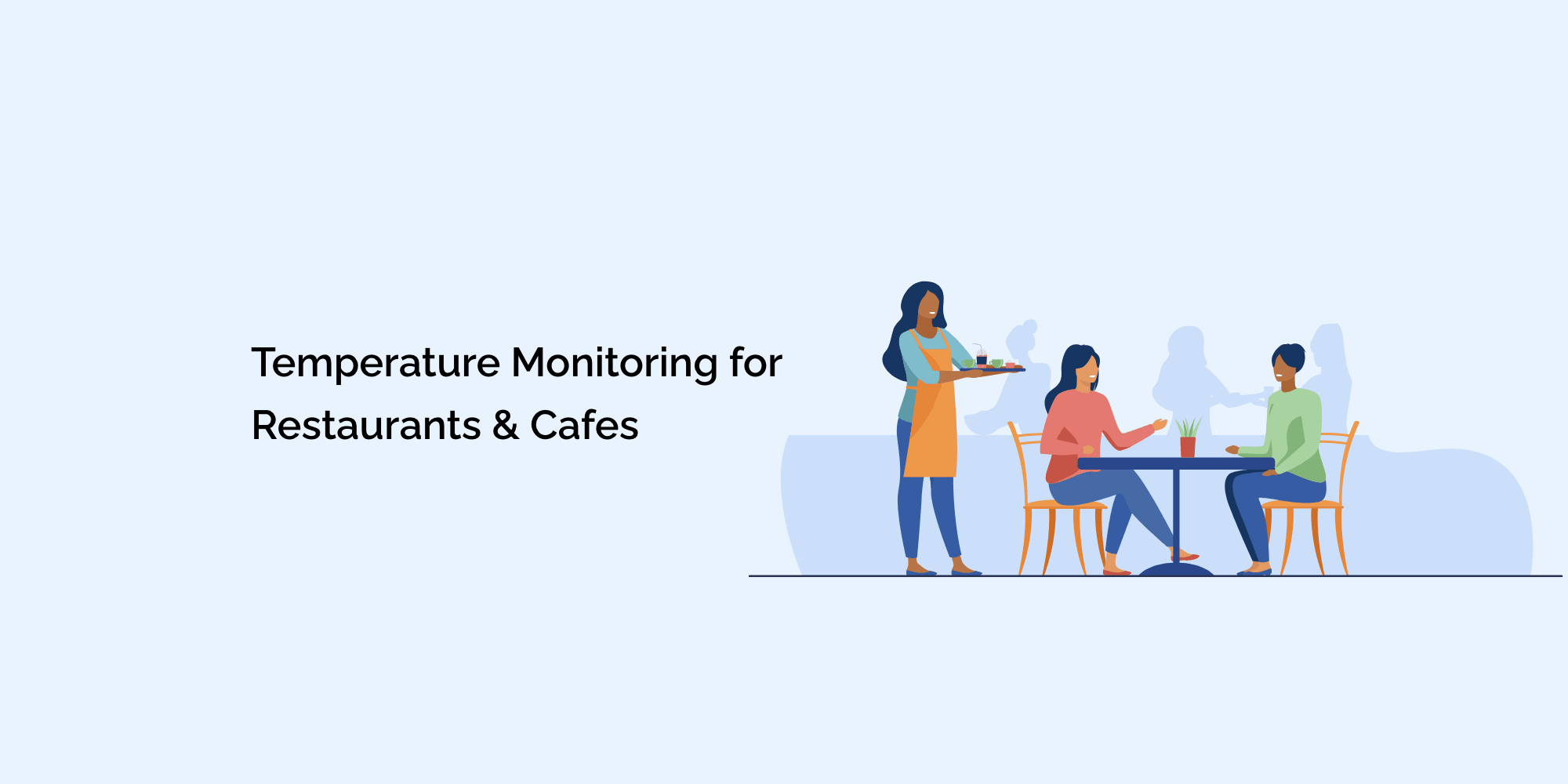Maintaining proper temperatures in restaurant freezers and commercial fridges is crucial for food safety and quality. Temperature monitoring is an essential practice that helps restaurant owners and managers ensure that perishable items are stored at optimal conditions.
In this blog, we will explore the importance of temperature monitoring in restaurants and cafes, discuss the risks of improper temperature control, and provide solutions for effective temperature monitoring. By implementing the right systems and protocols, you can safeguard your customers' health, comply with food safety regulations, and maintain the freshness and quality of your food.
The Importance of Temperature Monitoring in Restaurants and Cafes
Temperature monitoring plays a critical role in the foodservice industry for several reasons:
Food Safety:
Proper temperature control helps prevent bacterial growth, which can lead to foodborne illnesses. Monitoring temperatures ensures that potentially hazardous foods are stored at safe temperatures, reducing the risk of contamination.
b. Compliance with Regulations:
Restaurants and cafes are subject to food safety regulations that require temperature monitoring. Adhering to these regulations demonstrates your commitment to providing safe food and can help you avoid penalties or closures.
c. Quality Assurance:
Maintaining the correct temperature preserves the quality and freshness of ingredients, ensuring that your dishes are flavorful and enjoyable for your customers.
Risks of Improper Temperature Control
a. Bacterial Growth:
Improper temperature control can create favorable conditions for bacterial growth, leading to foodborne illnesses such as salmonella or E. coli. This poses a significant health risk to your customers.
b. Food Spoilage:
Temperature fluctuations can cause food to spoil more quickly, resulting in food waste and financial losses for your establishment.
c. Reputation Damage:
Serving unsafe or low-quality food can damage your restaurant's reputation and lead to negative reviews, decreased customer loyalty, and potential legal issues.
Solutions for Effective Temperature Monitoring
a. Use of Commercial-Grade Thermometers:
Invest in high-quality, commercial-grade thermometers specifically designed for restaurant freezers and commercial fridges. These thermometers offer accurate temperature readings and are built to withstand the demands of a professional kitchen.
b. Placement and Calibration: Proper placement of thermometers is crucial for accurate readings. Place them in the warmest and coldest areas of the fridge or freezer to ensure comprehensive monitoring. Regular calibration is also essential to maintain accuracy.
c. Automated Temperature Monitoring Systems:
Consider using automated temperature monitoring systems that offer real-time monitoring and alert capabilities. These systems use sensors to continuously monitor temperatures and send alerts via SMS, email, or mobile notifications if temperatures exceed predetermined thresholds.
d. Data Logging and Reporting:
Implement systems that allow for data logging and reporting of temperature readings. This enables you to track temperature trends, identify potential issues, and demonstrate compliance with food safety regulations.
e. Employee Training and Protocols:
Train your staff on proper temperature monitoring techniques and establish clear protocols for checking and recording temperatures at specified intervals. Regularly reinforce the importance of temperature control and provide ongoing training to ensure compliance.
f. Maintenance and Calibration Schedule:
Develop a maintenance and calibration schedule for your thermometers and temperature monitoring systems. Regularly clean and calibrate equipment to ensure accuracy and optimal performance.
g. Emergency Response Plan:
Have a well-defined emergency response plan in place in case of temperature deviations or equipment failures. This plan should outline steps to address the issue promptly and minimize food safety risks.
Conclusion
Temperature monitoring is an integral part of ensuring food safety and quality in restaurants and cafes. By implementing effective temperature monitoring systems, using commercial-grade thermometers, and training your staff, you can safeguard your customers' health and protect your business reputation. Regular monitoring, data logging, and reporting enable you to identify potential issues early on and take proactive measures to maintain safe temperatures.
Investing in automated temperature monitoring systems offers added convenience and peace of mind, allowing you to monitor temperatures in real-time and receive alerts in case of deviations. Remember to regularly maintain and calibrate your equipment and develop an emergency response plan to handle unforeseen temperature fluctuations.
By prioritizing temperature monitoring, you demonstrate your commitment to food safety, comply with regulations, and ensure the consistent delivery of high-quality dishes to your customers. Make temperature monitoring a priority in your restaurant or cafe, and reap the benefits of safe, delicious, and satisfying dining experiences for your patrons.








